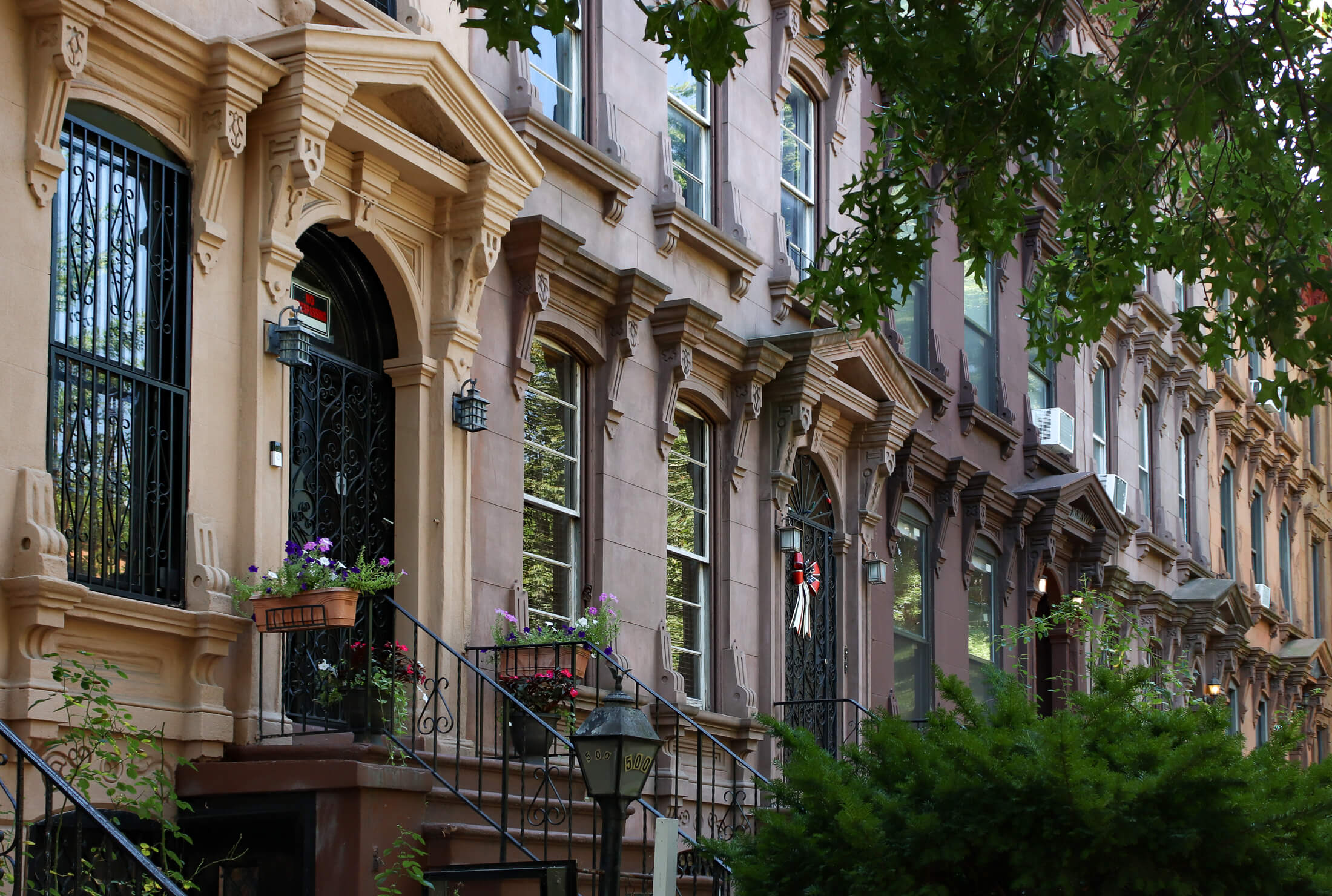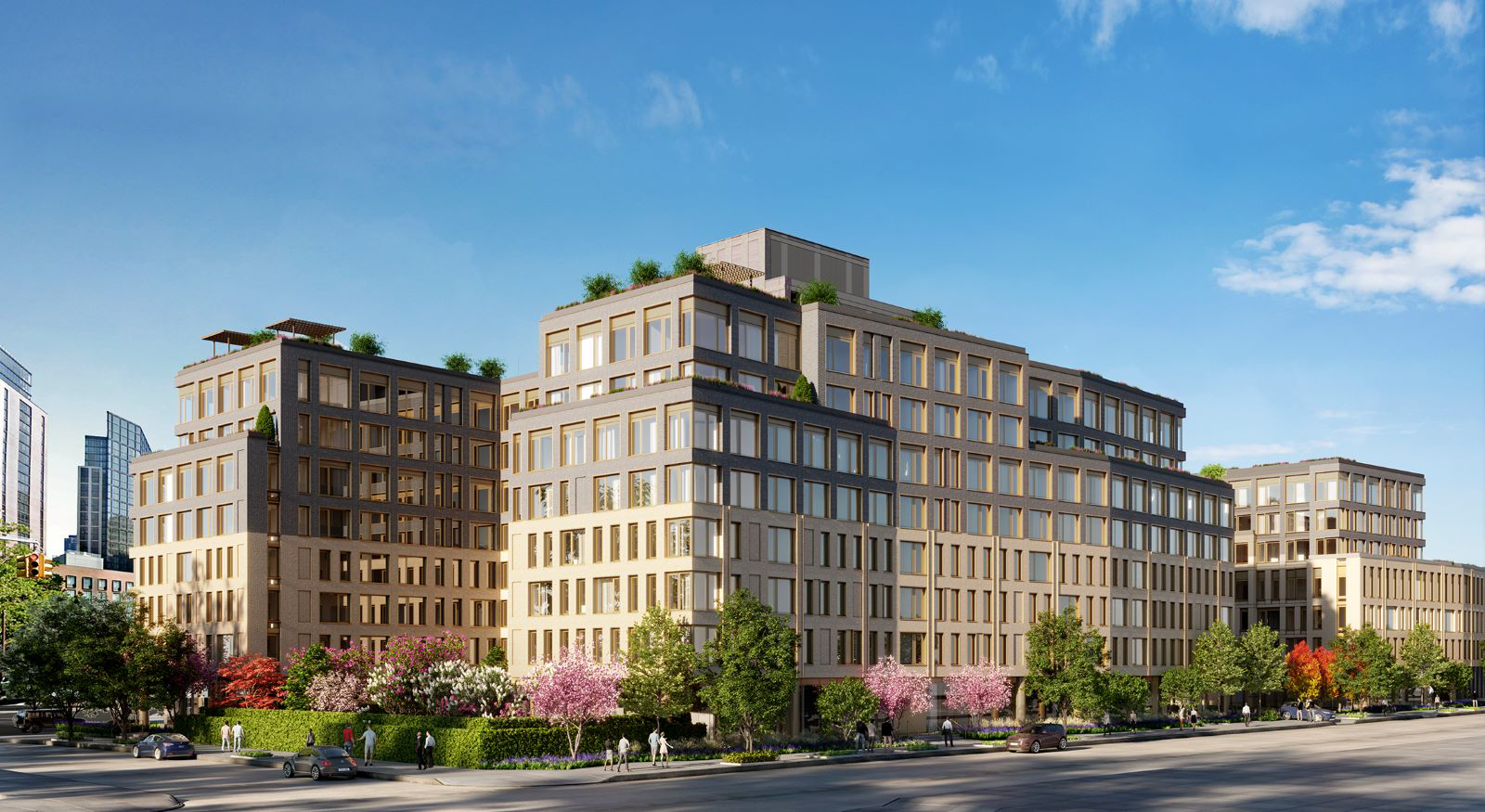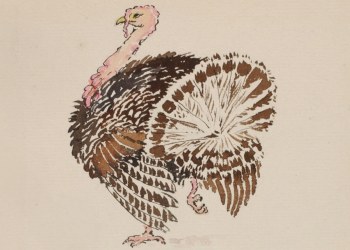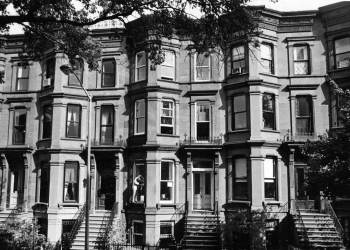Grand Street Bridge: Time for an Upgrade?
As NYC.gov will tell you, the Grand Street Bridge spans the infamous Newtown Creek between Gardner Avenue in Brooklyn and 47th street in Queens. Opened in 1903, it’s a swing bridge which is just over 69 meters long (that’s 227.034 feet in Americanese) and that the approach roadways on both sides of the bridge are wider than…


As NYC.gov will tell you, the Grand Street Bridge spans the infamous Newtown Creek between Gardner Avenue in Brooklyn and 47th street in Queens. Opened in 1903, it’s a swing bridge which is just over 69 meters long (that’s 227.034 feet in Americanese) and that the approach roadways on both sides of the bridge are wider than the span itself. The first bridge on this spot went up in 1875.
It is 3.1 miles back from the East River and where the currently undefended border of Brooklyn and Queens can be found, at midspan. Once, this was an incredibly busy maritime crossing- in 1918 alone, the bridge was opened more than 5,000 times for shipping.

This is close to the cartographic end of the actual “Newtown Creek”, although its English Kills tributary slithers out another 3/4 of a mile into Brooklyn, branching out south and then east toward Bushwick. Truncated wetlands, the canalized bulkheads and present shape of the waterway were established by the Army Corps of Engineers in the early 20th century, eradicating any semblance to what the aboriginal Mespats, Dutch, or English knew the place to look like. There used to be a nearby island, called Mussel, which the Federal authorities spent no small amount of effort on eradicating from common memory or experience just before the first world war, for instance.
The East Branch, as the water on the eastern side of the Grand Street Bridge is called, continues a short distance and terminates in a complex of sewage infrastructure which underlies Metropolitan Avenue on the landward eastern side.
This isn’t too far from the Maspeth Plank Road, by the way.

As early as 2002 and again in 2004 (see page 75), plans to replace this centenarian structure were being drawn up by DOT Engineers.
Statisticians have compiled numerical data, engineers have produced dire reports, and all described the need for a newer, wider, and distinctly static vehicle bridge to be installed on this spot. Heavy trucking, the presence of the nearby MTA bus garage, and an ever increasing number of automobiles are cited as causatives. Also, the maintenance budget on a moveable bridge is steep.
Personal experience offers that when a city bus or fully loaded truck speeds across the structure, often far in excess of the posted speed limit, the 1903 vintage swing bridge cavitates, trembles, and vibrates tremendously.

At some spot in the middle of the bridge — presumptively at the borough to borough border — Grand Street in Brooklyn becomes Grand Avenue in Queens. I say presumptively, as the border issues in this area are historically contentious. The experts on the story are the folks at the Onderdonk House in Ridgewood, who claim to possess the “Arbitration Rock” which finally settled it.
There used to be a light electric rail running along the length of Grand and across the bridge, which contemporaneous sources referred to as “a streetcar” (trolley to we moderns). The Trolley ran all the way from the foot of Grand Street at the East River in Williamsburg, where ferry docks unloaded passengers from Manhattan and the greater harbor (where the Williamsburg Bridge is found today) and up into Maspeth and the rest of western Queens. Grand Avenue meets the East River in Astoria, where it known as “30th Avenue” in modernity.
This light rail allowed allowed workers to get to and from the “dark satanic mills” of the industrial age along the Creek.
Today, there’s a city bus — the Q59 — which follows the ancient streetcar and trolley route and is called the “Grand Street Line.”

The area surrounding the bridge is not just industrial, it is INCREDIBLY industrial. Enormous lumber yards, warehouses, recycling industry scrap yards, a school bus depot, concrete and crane companies, and oddly enough, a supermarket.
The water quality in this section is usually awful, although it does host a surprising number of sea birds. There’s a Great Blue Heron that hangs around here, as well as dozens of gulls and smaller specie. The anoxic water is actually teeming with tiny fish and invertebrates.
It can be exceptionally dangerous for large primates walking or riding their bikes in this area, due to the heavy truck traffic (several nearby corners host “ghost bikes”) so if you decide to check the Grand Street Bridge over Newtown Creek out — be careful.
Newtown Creek Alliance Historian Mitch Waxman lives in Astoria and blogs at Newtown Pentacle.









What's Your Take? Leave a Comment